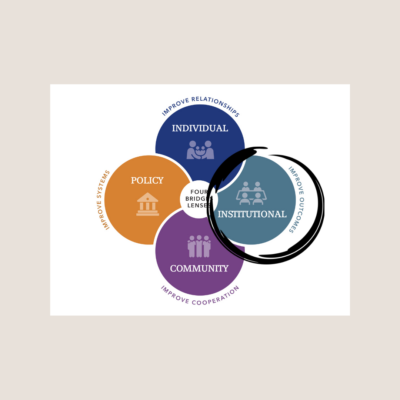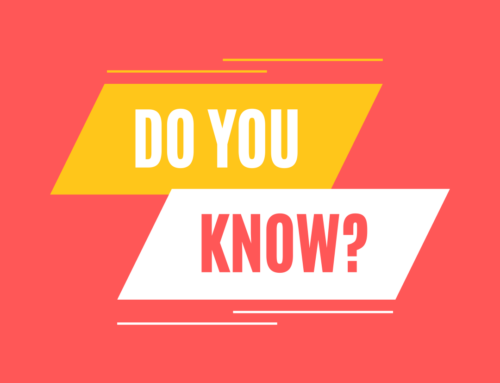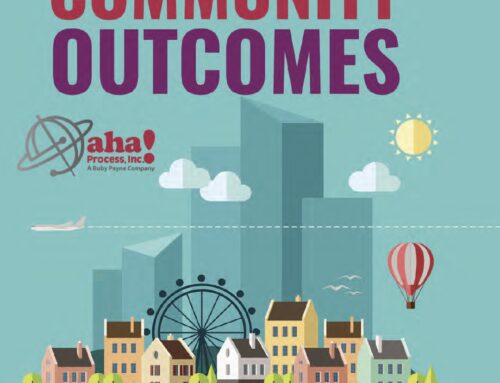 Health and human services is a rewarding yet sometimes challenging career, particularly as we try to recover from a three-year global pandemic. Common challenges may include funding cuts, higher levels of burnout, change exhaustion, depleted staff engagement, communication struggles, low morale, competing priorities, and reduced resources. The domino effect of any of these can lead to changes in leadership and overall staffing, often then resulting in a lack of vision for all. And this is not an exhaustive list. Many organizations are currently in recovery mode at a higher rate than ever before, and many organizations find themselves in what we call the “tyranny of the moment.”
Health and human services is a rewarding yet sometimes challenging career, particularly as we try to recover from a three-year global pandemic. Common challenges may include funding cuts, higher levels of burnout, change exhaustion, depleted staff engagement, communication struggles, low morale, competing priorities, and reduced resources. The domino effect of any of these can lead to changes in leadership and overall staffing, often then resulting in a lack of vision for all. And this is not an exhaustive list. Many organizations are currently in recovery mode at a higher rate than ever before, and many organizations find themselves in what we call the “tyranny of the moment.”
In Bridges, we discover that “tyranny of the moment” means being in a constant state of survival where your bandwidth is utterly loaded, leaving little time to think or act proactively and plan for the future. The tyranny of the moment impacts the individuals we serve, the organizations we work in, and our communities that we live in. Bridges is a relational model that will support individuals and organizations to break out of “surviving” and into “thriving,” leading to improved community well-being.
Bridges Out of Poverty uses the lens of economic environments and social cognitive learning theories to examine how we each uniquely think, behave, prioritize, and make decisions. Once you have had your own internal “aha” moments of reflection within the Individual Lens framework, there really is no turning back, and the possibilities become endless for your organization.
At the individual level, we analyze the complexity of living in long-term instability and examine how to build 11 essential resources with the individuals we serve to stabilize their environment and move towards their preferred future story. We discover how to improve our communication, generate mutual accountability, and create genuine respectful relationships. We learn new coaching strategies to support individuals in a way that truly meets them where they are at vs. where we think they should be.
At the organizational level, we then examine how to use those same tools as a larger team. We co-investigate our client life cycle and discover the pain points that our vulnerable community members may experience when accessing our services. We explore our theory of change and analyze who is change talking first—the organization or the customer—which impacts our organizational outcomes and funding. We discover how low resources at the institutional level also lead to the “tyranny of the moment,” and we brainstorm on how to build the 11 essential institutional resources together for a healthier, engaged, thriving organizational culture.
We learn how to apply the Bridges Lens to improve our policies, procedures, programs, and services. And we internally collaborate by using a person-centered motivational approach for both staff and clientele. We analyze the needs of the leadership team and uncover ways to walk the walk in becoming a people-centered organization, with a manageable plan on how to get there. And all of this results in improved culture, engagement, and outcomes!
Pre-COVID, our agency was intently implementing the Bridges Institutional Lens and seeing enormous growth in our client, staff, and community partner engagement and satisfaction, as demonstrated through multiple surveys. We had even increased our client workshop attendance from 57% to 96% by using the Bridges Lens. In mid-2018, we faced leadership changes, and in early 2020, the pandemic hit, followed by funding changes. These three significant factors greatly impacted our Bridges implementation at all levels.
As an organization, we found ourselves in “tyranny of the moment”: reactive mode, low morale, reduced engagement, and resignation of long-term staff. I have never seen our division suffer so much in my 30 years, and we are still recovering. In mid-2023, we began to see the light. We came out of the pandemic, returned to the office, and welcomed new leadership, resulting in a renewed commitment to our Bridges implementation. In fact, I was able to gain approval to build a stronger-than-ever Bridges implementation team, who all became certified trainers.
We now have eight organizational champions who are co-facilitating several Bridges workshops, including engaging our entire leadership team in the Institutional Lens workshop and implementation of a strong 2024 work plan. It has proven how critical it is to have the decision-makers for your organization trained in Bridges and fully supporting the implementation of the constructs. We are very excited about our future story as a Bridges organization!
Bridges out of Poverty is a relational model that improves the lives of the individuals we serve, the culture of the organizations who serve them, and the well-being of the communities we all live in. How can we go wrong in exploring that? With many of our organizations in post-pandemic recovery, Bridges is your answer.








